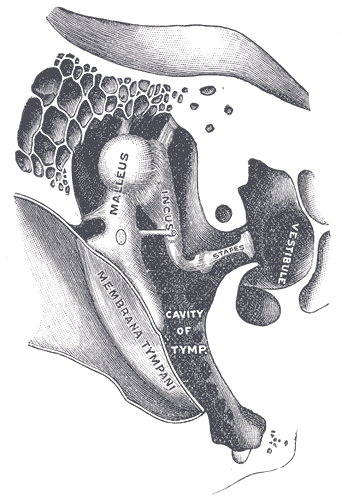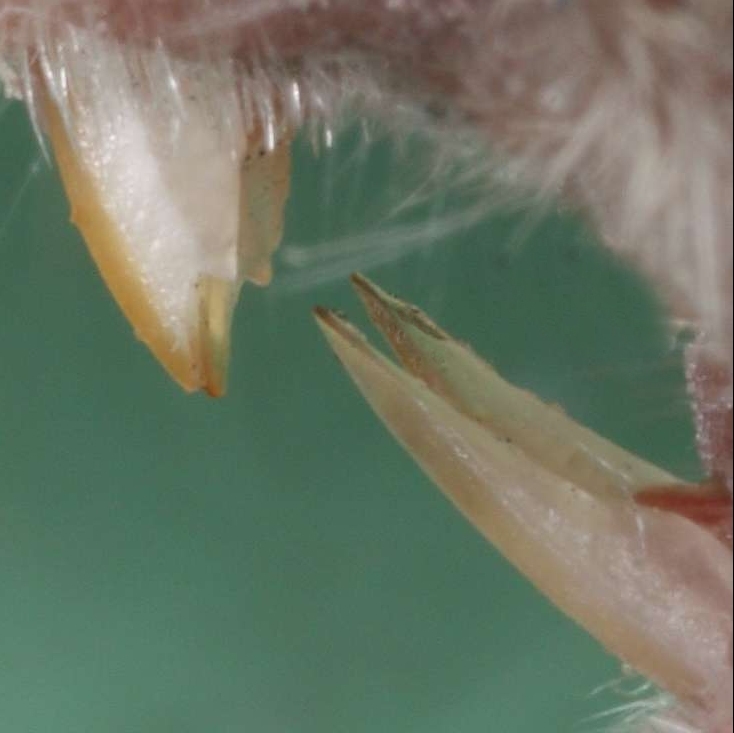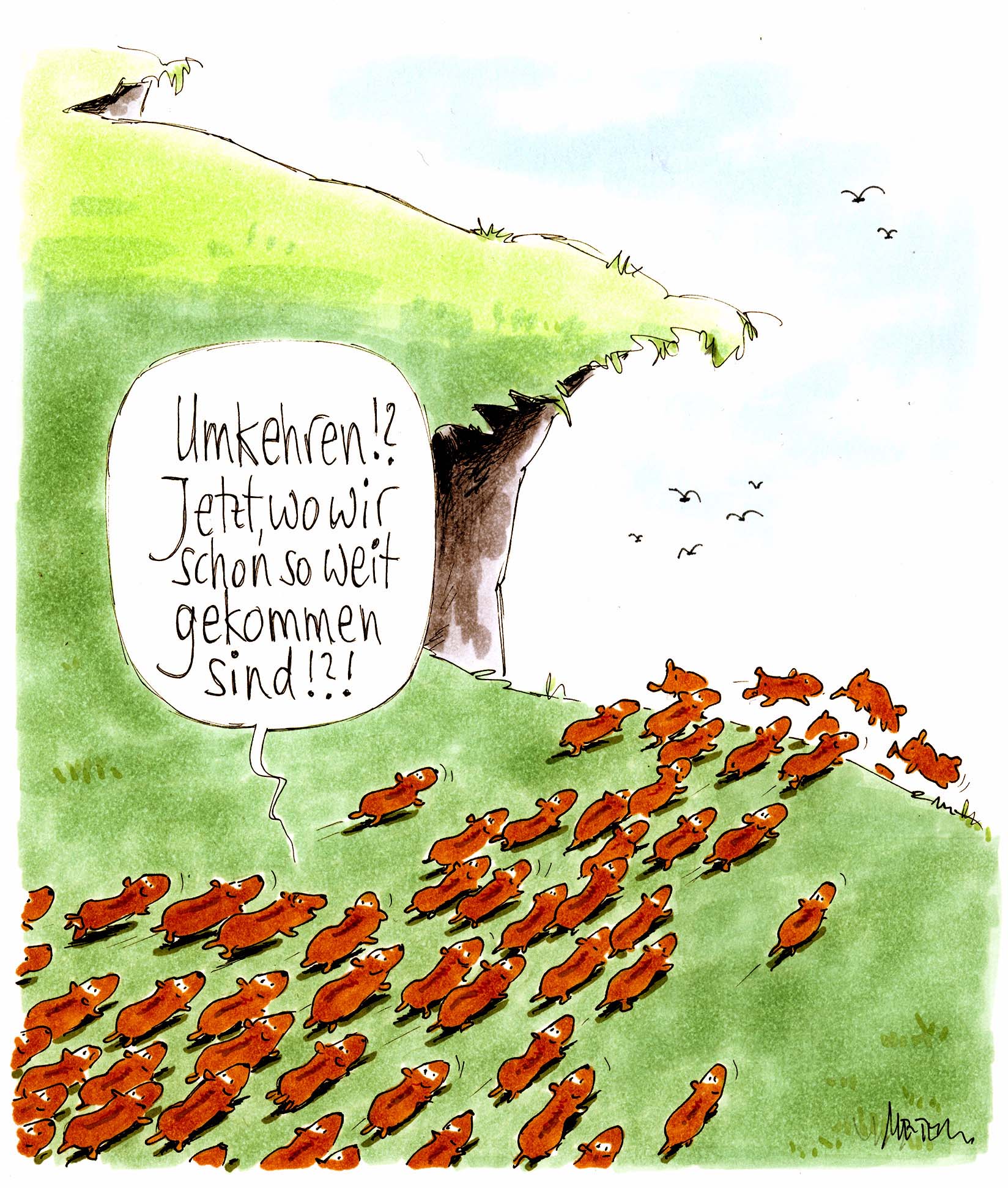|
Brown Rat
The brown rat (''Rattus norvegicus''), also known as the common rat, street rat, sewer rat, wharf rat, Hanover rat, Norway rat and Norwegian rat, is a widespread species of common rat. One of the largest Muroidea, muroids, it is a brown or grey rodent with a body length of up to long, and a tail slightly shorter than that. It weighs between . Thought to have originated in northern China and neighbouring areas, this rodent has now spread to all continents except Antarctica, and is the dominant rat in Europe and much of North America, having become Naturalisation (biology), naturalised across the world. With rare exceptions, the brown rat lives wherever humans live, particularly in urban areas. They are omnivorous, reproduce rapidly, and can serve as a vector for several human diseases. Selective breeding of the brown rat has produced the fancy rat (rats kept as pets), as well as the laboratory rat (rats used as model organisms in biological research). Both fancy rats and laborato ... [...More Info...] [...Related Items...] OR: [Wikipedia] [Google] [Baidu] |
John Berkenhout
John Berkenhout (8 July 1726 – 3 April 1791) was an English physician, naturalist and miscellaneous writer. He was educated as a physician at Edinburgh and Leyden. While at Edinburgh he published a botanical lexicon ''Clavis Anglicae Linguae Botanicae''. He published several works on natural history, including ''Outlines of the Natural History of Great Britain and Ireland'' (1769) and ''Synopsis of the Natural History of Great Britain and Ireland'' (1789). He served as a British agent in the colonies during the American Revolution. Life Berkenhout was born about 1730 at Leeds, the son of John Berkenhout Snr, a Dutch merchant who had settled in Yorkshire, and Anne Kitchingman. He was educated at Leeds Grammar School. His father intended him for a commercial career, and sent him to Germany to study languages. After spending some years in Germany he accompanied some English noblemen on a tour through Europe. On returning to Berlin he stayed with his father's relative Baron von ... [...More Info...] [...Related Items...] OR: [Wikipedia] [Google] [Baidu] |
English Channel
The English Channel, also known as the Channel, is an arm of the Atlantic Ocean that separates Southern England from northern France. It links to the southern part of the North Sea by the Strait of Dover at its northeastern end. It is the busiest Sea lane, shipping area in the world. It is about long and varies in width from at its widest to at its narrowest in the Strait of Dover."English Channel". ''The Columbia Encyclopedia'', 2004. It is the smallest of the shallow seas around the continental shelf of Europe, covering an area of some . The Channel aided the United Kingdom in becoming a naval superpower, serving as a natural defence against invasions, such as in the Napoleonic Wars and in the World War II, Second World War. The northern, English coast of the Channel is more populous than the southern, French coast. The major languages spoken in this region are English language, English and French language, French. Names Roman historiography, Roman sources as (or , ... [...More Info...] [...Related Items...] OR: [Wikipedia] [Google] [Baidu] |
Hearing (sense)
Hearing, or auditory perception, is the ability to perceive sounds through an organ, such as an ear, by detecting vibrations as periodic changes in the pressure of a surrounding medium. The academic field concerned with hearing is auditory science. Sound may be heard through solid Solid is a state of matter where molecules are closely packed and can not slide past each other. Solids resist compression, expansion, or external forces that would alter its shape, with the degree to which they are resisted dependent upon the ..., liquid, or gaseous matter. It is one of the traditional five senses. Partial or total inability to hear is called hearing loss. In humans and other vertebrates, hearing is performed primarily by the auditory system: mechanical waves, known as vibrations, are detected by the ear and transduction (physiology), transduced into nerve impulses that are perceived by the brain (primarily in the temporal lobe). Like touch, audition requires sensitivity ... [...More Info...] [...Related Items...] OR: [Wikipedia] [Google] [Baidu] |
Muskrat
The muskrat or common muskrat (''Ondatra zibethicus'') is a medium-sized semiaquatic rodent native to North America and an introduced species in parts of Europe, Asia, and South America. The muskrat is found in wetlands over various climates and habitats. It has crucial effects on the ecology of wetlands, and is a resource of food and fur for humans. Adult muskrats weigh , with a body length (excluding the tail) of . They are covered with short, thick fur of medium to dark brown color. Their long tails, covered with scales rather than hair, are laterally compressed and generate a small amount of thrust, with their webbed hind feet being the main means of Aquatic locomotion, propulsion, and the unique tail mainly important in directional stability. Muskrats spend most of their time in the water and can swim underwater for 12 to 17 minutes. They live in families of a male and female pair and their young. They build nests to protect themselves from the cold and predators, often ... [...More Info...] [...Related Items...] OR: [Wikipedia] [Google] [Baidu] |
Coypu
The nutria () or coypu () (''Myocastor coypus'') is a herbivore, herbivorous, semiaquatic rodent from South America. Classified for a long time as the only member of the family Myocastoridae, ''Myocastor'' has since been included within Echimyidae, the family of the spiny rats. The nutria lives in burrows alongside stretches of water and feeds on river plant stems. Originally native to subtropical and temperate South America, it was introduced to North America, Europe and Asia, primarily by fur farmers. Although it is still hunted and trapped for nutria fur, its fur in some regions, its destructive burrowing and feeding habits often bring it into conflict with humans, and it is considered an invasive species in the United States. Nutria also transmit various diseases to humans and animals, mainly through water contamination. Etymology The genus name ''Myocastor'' derives from the two Ancient Greek words () 'rat, mouse', and () 'beaver'. Therefore, the name ''Myocastor'' ... [...More Info...] [...Related Items...] OR: [Wikipedia] [Google] [Baidu] |
The Mammal Society
The Mammal Society is a British charity devoted to the research and conservation of British mammal A mammal () is a vertebrate animal of the Class (biology), class Mammalia (). Mammals are characterised by the presence of milk-producing mammary glands for feeding their young, a broad neocortex region of the brain, fur or hair, and three ...s. The Mammal Society was formed in 1954, and the inaugural spring conference took place the following year at The University of Exeter. The Mammal Society has a membership of around 2000 mammalogists, ecologists, conservationists, both experts and enthusiasts, all working to develop greater understanding of mammals and the conservation challenges they face. The Society runs national surveys for mammals, for example Mini Mammal Monitoring. The Mammal Society is also working to address the problem that mammals in the British Isles are severely under-recorded, resulting in a lack of mammal conservation progress. The Mammal Society is ... [...More Info...] [...Related Items...] OR: [Wikipedia] [Google] [Baidu] |
House Mouse
The house mouse (''Mus musculus'') is a small mammal of the rodent family Muridae, characteristically having a pointed snout, large rounded ears, and a long and almost hairless tail. It is one of the most abundant species of the genus '' Mus''. Although a wild animal, the house mouse has benefited significantly from associating with human habitation to the point that truly wild populations are significantly less common than the synanthropic populations near human activity. The house mouse has been domesticated as the pet or fancy mouse, and as the laboratory mouse, which is one of the most important model organisms in biology and medicine. The complete mouse reference genome was sequenced in 2002. Characteristics House mice have an adult body length (nose to base of tail) of and a tail length of . The weight is typically . In the wild they vary in color from grey and light brown to black (individual hairs are actually agouti coloured), but domesticated fancy mice and l ... [...More Info...] [...Related Items...] OR: [Wikipedia] [Google] [Baidu] |
Black Rat
The black rat (''Rattus rattus''), also known as the roof rat, ship rat, or house rat, is a common long-tailed rodent of the stereotypical rat genus ''Rattus'', in the subfamily Murinae. It likely originated in the Indian subcontinent, but is now found worldwide. The black rat is black to light brown in colour with a lighter underside. It is a generalist omnivore and a serious Pest (organism), pest to farmers because it feeds on a wide range of agricultural crops. It is sometimes kept as a pet. In parts of India, it is considered sacred and respected in the Karni Mata Temple in Deshnoke. Taxonomy ''Mus rattus'' was the scientific name proposed by Carl Linnaeus in 1758 for the black rat. Three subspecies were once recognized, but today are considered invalid and are now known to be actually Morph (zoology), color morphs: *''Rattus rattus rattus'' – roof rat *''Rattus rattus alexandrinus'' – Alexandrine rat *''Rattus rattus frugivorus'' – fruit rat Characteristics A ty ... [...More Info...] [...Related Items...] OR: [Wikipedia] [Google] [Baidu] |
Comparison Black Rat Brown Rat EN
Comparison or comparing is the act of evaluating two or more things by determining the relevant, comparable characteristics of each thing, and then determining which characteristics of each are similar to the other, which are different, and to what degree. Where characteristics are different, the differences may then be evaluated to determine which thing is best suited for a particular purpose. The description of similarities and differences found between the two things is also called a comparison. Comparison can take many distinct forms, varying by field: To compare things, they must have characteristics that are similar enough in relevant ways to merit comparison. If two things are too different to compare in a useful way, an attempt to compare them is colloquially referred to in English as "comparing apples and oranges." Comparison is widely used in society, in science and the arts. General usage Comparison is a natural activity, which even animals engage in when decidi ... [...More Info...] [...Related Items...] OR: [Wikipedia] [Google] [Baidu] |
Charles John Cornish
Charles John Cornish (28 September 1858 – 30 January 1906) was an English naturalist and writer. Life Born on 28 September 1858 at Salcombe House, near Sidmouth, the residence of his grandfather, Charles John Cornish, J.P., D.L., was eldest son of Charles John Cornish, then curate of Sidbury, Devon, by his first wife, Anne Charlotte Western (died 1887). He was brought up at Debenham, Suffolk, where his father became vicar in 1859. In 1872 he entered Charterhouse School as a gown-boy, and left in 1876. After time as a private tutor, he entered Hertford College, Oxford, as a commoner in 1881, was elected Brunsell exhibitioner in 1882 and Lusby scholar in 1883. In the same year he obtained a blue in association football, a second class in classical moderations in 1883, and a second class in '' literae humaniores'' in 1885. In 1885, Cornish was appointed assistant classical master at St Paul's School, London, a position he held for the rest of his life. Soon after coming to London ... [...More Info...] [...Related Items...] OR: [Wikipedia] [Google] [Baidu] |
Alfred Henry Miles
Alfred Henry Miles (26 February 1848 – 30 October 1929) was a prolific Victorian-era English writer – including as an anthologist, children's writer, editor, journalist, and poet – as well as a composer and lecturer. He published hundreds of works on a wide range of topics, ranging from poetry (''The Poets and the Poetry of the Century'', 10 volumes. (London: Hutchinson, 1891)), warfare (''Wars of the Olden Times, Abraham to Cromwell'') to household encyclopaedias with information for every conceivable contingency (''The Household Oracle: A Popular Referee on Subjects of Household Enquiry''), and even advice to the lovelorn (''Wooing: Stories of the Course That Never Did Run Smooth'' by R. E. Francillon and others. Issued as a volume in ''The Idle Hour Series'', London: Hutchinson, [1891]). He was Guardian of the Poor for six years and a member of the London Borough of Lewisham from 1904 to 1906. He was editor of the ''Fifty-Two Library'', a series of children's ad ... [...More Info...] [...Related Items...] OR: [Wikipedia] [Google] [Baidu] |
Lemming
A lemming is a small rodent, usually found in or near the Arctic in tundra biomes. Lemmings form the subfamily Arvicolinae (also known as Microtinae) together with voles and muskrats, which form part of the superfamily Muroidea, which also includes rats, mice, hamsters and gerbils. A longstanding myth holds that they exhibit herd mentality and jump off cliffs, committing mass suicide. Description and habitat Lemmings measure around in length and weigh around . Lemmings are quite rounded in shape, with brown and black, long, soft fur. They have a very short tail, a stubby, hairy snout, short legs and small ears. They have a flattened claw on the first digit of their front feet, which helps them to dig in the snow. They are herbivorous, feeding mostly on mosses and grasses. They also forage through the snow surface to find berries, leaves, shoots, roots, bulbs, and lichens. Lemmings choose their preferred dietary vegetation disproportionately to its occurrence in their habi ... [...More Info...] [...Related Items...] OR: [Wikipedia] [Google] [Baidu] |







